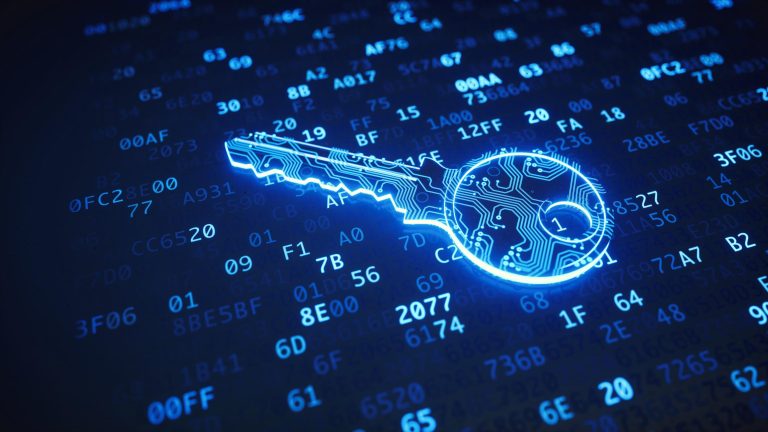Modern warfare’s growth has made digital security as vital as physical protection. Improving the efficacy of cyber security in defence sector is one of the main concerns for military institutions worldwide. Defense systems have to be ready to counter cyberattacks aimed at communication systems, missile guidance, intelligence networks, and data operations as threats become more complex. To protect vital military assets, governments are spending more on AI-based intrusion detection systems, secure cloud infrastructures, and advanced encryption technologies. Protecting command and control centers against possible intrusions helps to preserve the integrity of national security activities, hence guaranteeing mission readiness under any condition.
Raising Satellite Cyber Security Levels
The requirement for strong satellite cyber security is becoming increasingly pressing as space technology develops. Though they are also vulnerable to hostile cyber-attacks, satellites are essential for weather forecasting, navigation, communication, and monitoring. One breach might endanger large networks, interfere with military activities, or alter critical information. Cybersecurity policies for satellites today include end-to-end encryption, quantum key distribution, and hardened operating systems to help avoid this. To guarantee satellite infrastructure stays impermeable and operating even under cyber-attack, governments and private space organizations are working together to put in place secure communication channels, anomaly detection systems, and real-time threat monitoring.
Including artificial intelligence in proactive threat detection
By allowing proactive protection tactics, artificial intelligence is transforming cybersecurity. AI-driven systems examine large amounts of data to find abnormal behavior patterns and possible breaches before they escalate, rather than waiting for threats to react. Machine learning algorithms are being trained in the military sector to find insider attacks, zero-day vulnerabilities, and state-sponsored threats. Evolving constantly, these systems reinforce the general security architecture by learning from every contact. Integrating artificial intelligence into military networks gives national security agencies a strategic advantage in averting cyber warfare and preserving operational dominance against fast-changing digital threats.
Blockchain’s Contribution to Military Cybersecurity
Military networks are now using blockchain technology to improve trust and traceability. Perfect for defense communications and logistics, its distributed character allows for safe data sharing free of a single point of failure. Military forces are using blockchain to track assets in real-time, authenticate mission-critical papers, and safeguard software updates in remote systems. Furthermore, the unchangeable character of blockchain records guarantees responsibility and reduces the possibility of data manipulation. This technology offers increased resilience to the national defense system as cyber threats grow more sophisticated.
Training in Cybersecurity and Human Factors
Although humans cannot remain inactive in cybersecurity, technology is crucial; the human element remains crucial. Most effective attacks are fuelled by human error: misconfigured systems, weak passwords, or phishing attacks. That means that all military members require robust cybersecurity training programs. These initiatives are oriented at the maintenance of readiness, and they promote the regular cybersecurity drills, safe communication mechanisms and situational awareness. In order to prepare teams for intense conditions, defense companies are now mixing real-time danger scenarios with gamified simulations. A well-trained staff reduces the risk of internal violation considerably.
Cooperation Among Countries and Organizations
In the defense sector, cybersecurity is no longer a lone pursuit. To exchange information, organize threat responses, and develop common defence standards, nations are forming alliances and cybersecurity alliances. This worldwide collaboration allows defense institutions to draw data from larger sets, to measure the effectiveness of security measures and to coordinate cyber drills. Regional defense forums and multilateral alliances like NATO have formed cybersecurity task teams that can battle the global cyber threat successfully. Such cooperation enhances personal defense capacity and world peace and stability in the digital world.
Conclusion:
Cybersecurity is increasingly defining the junction of technology and the military. Maintaining a robust cyber defense posture is non-negotiable, whether it is safeguarding space-based assets or ground operations. The increasing focus on artificial intelligence, blockchain, training, and international cooperation shows that cyber dangers are national security priorities, not only IT concerns. National survival in the modern age will depend on creating resilient and adaptive cybersecurity systems as military operations grow more digital. Visit cyberhive.com for innovative ideas and solutions in this field.

